2020 has been a very demanding year for all of us. By the end of March, the novel coronavirus has spread to almost every country in the world. Gradually, the cases were increasing, and the nationwide lockdown was announced on March 25, causing panic and confusion among the citizens. It was a problem that we have never before endured. Malls, schools, offices, shops, and all public areas were closed. By the time it was April, airlines all over the world had shut down their international as well as domestic flights. We were all going through a dark time of our lives, but our fellow Indians residing in other countries had it way worse.
A large percentage of people from our nation had immigrated to other places in search of education and jobs. During the distress caused by COVID-19, these countries were forced to give priority to their natives rather than the migrants. Many countries of the Middle East had even restricted Indian citizens from getting proper treatment. Our brothers and sisters were longing to reach home but had no ways to make it happen. The Government of India was never willing to give up on them. Though there was some initial confusion and fear of safety risks, the government decided to stand for its people. Therefore, various projects launched by the Indian government to bring back their respective state citizens and the citizens of the country back.
The Vande Bharat Mission
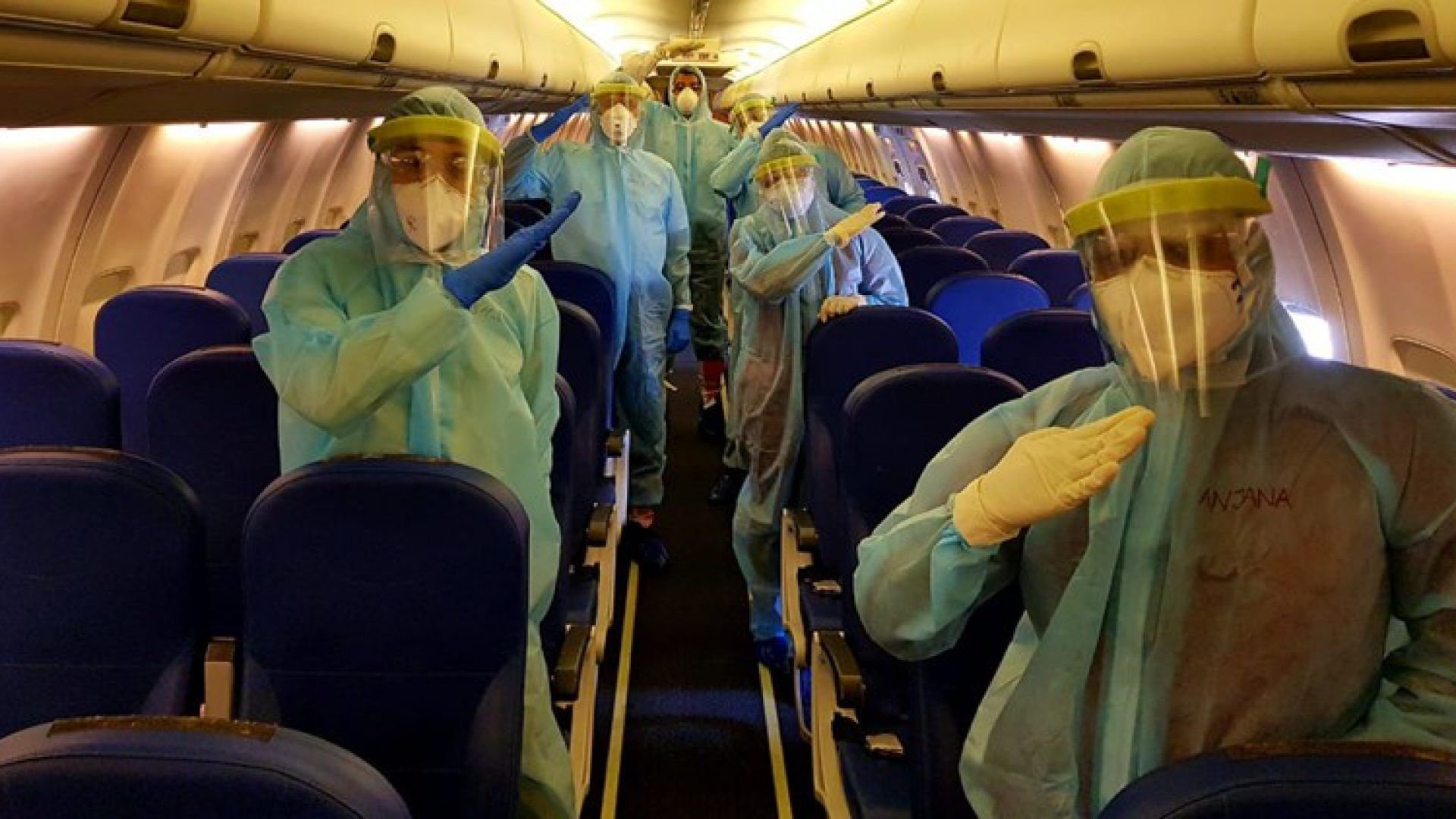
The authorities put together a mega repatriation plan to bring home stranded Indians from all over the world. More than three lakh people from the Middle East had registered to be brought back to the country. The government anticipated that they would be able to transport around 14,600 citizens within the first week of the COVID-19 repatriation process. The plan was given the name Vande Bharat Mission. Sixty-four flights were arranged from the gulf to India, the first of which would land in Kochi, Kerala. It arrived on May 7, 2020, at precisely 9.40 pm. The second flight was also from Abu Dhabi, and it landed in Calicut, Kerala at around 10.30 pm. These flights carried a total of 363 stranded Indians back home to safety.
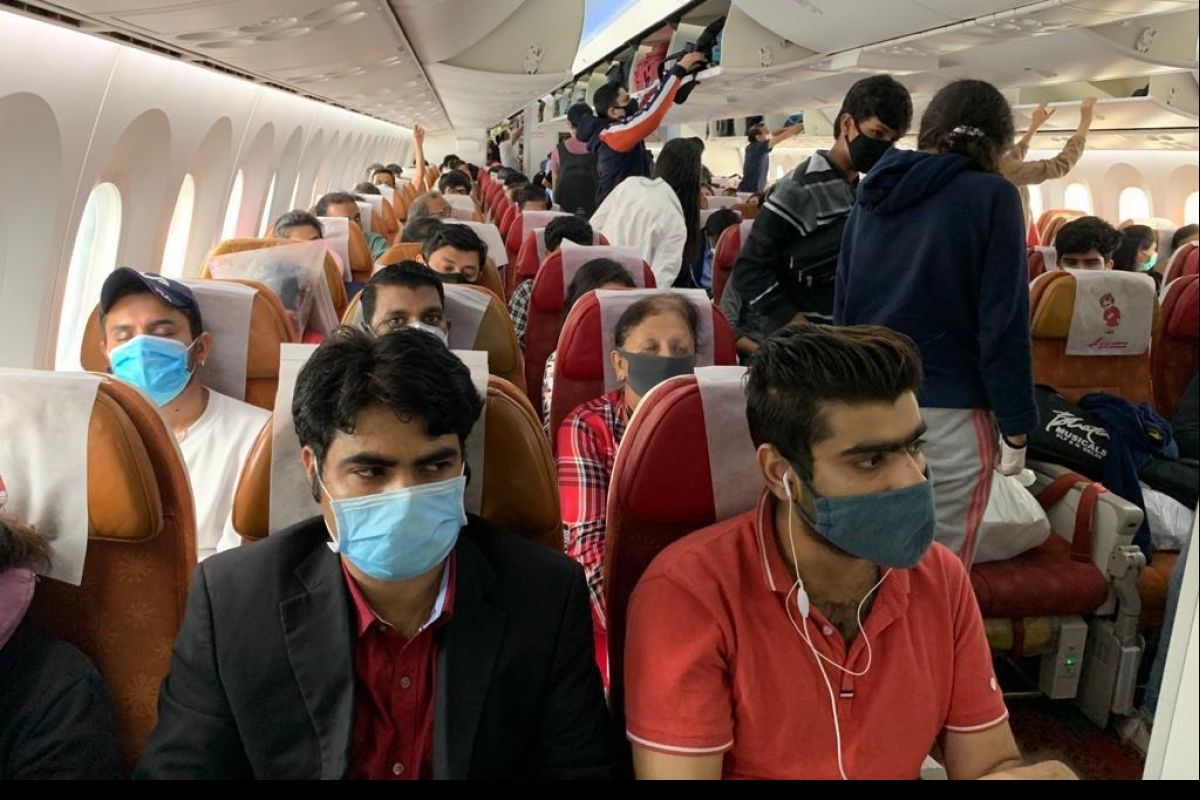
The government intended to fetch stranded citizens from UAE, Saudi Arabia, Oman, Qatar, Bahrain, Kuwait, Malaysia, Philippines, Singapore, Bangladesh, the US, and the UK safely back to the country. A major priority was given to those from the Middle East, followed by Indian citizens from European nations and other gravely affected countries. Around eight million Indians are residing in the Gulf countries as of now. Although it would be difficult to transport all of them, the Indian Government assures that the best efforts will be taken for their well-being. Moreover, people residing in the Middle East were also under the distress of the falling economy, which is primarily based on oil resources.
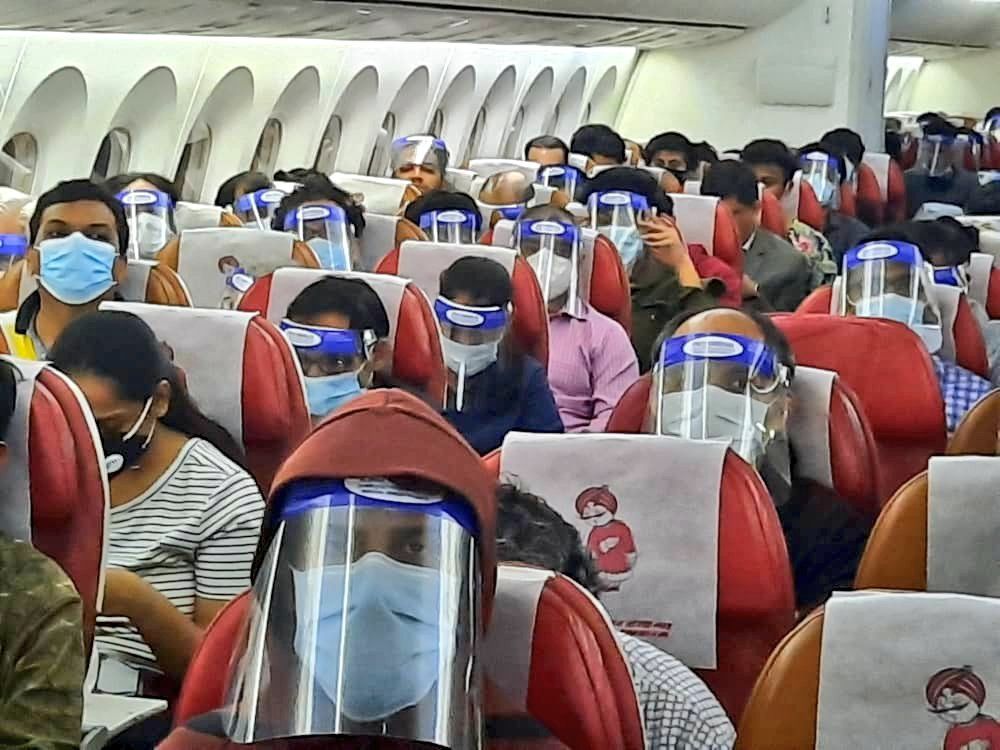
The Vande Bharat Mission had many challenges because of the restrictions imposed by the Gulf countries. In addition to the strict lockdown, they had also closed all the borders and shut down the transportation facilities. The Prime Minister, Narendra Modi held various meetings with the leaders of these nations such as the Saudi Crown Prince Mohammed bin Salman. He humbly requested the rulers of each country to ensure the welfare of the Indian Diaspora in those nations.
The entire nation united
The Vande Bharat Mission made use of Passenger jets as well as naval ships to transport Indian citizens from other countries. The Civil Aviation Ministry had also announced their complete support by offering 650 commercial aircraft as well as freighters for this undertaking. Even the Indian Navy and Air Force had their platforms prepared to assist in this repatriation strategy. The Navy offered the INS Jalashwa, which is an amphibious ship that has the capacity to rescue and transport up to 1000 people. Two other landing ships of the Navy and many transport flights of the Air Force were enlisted as part of the Vande Bharat Mission.
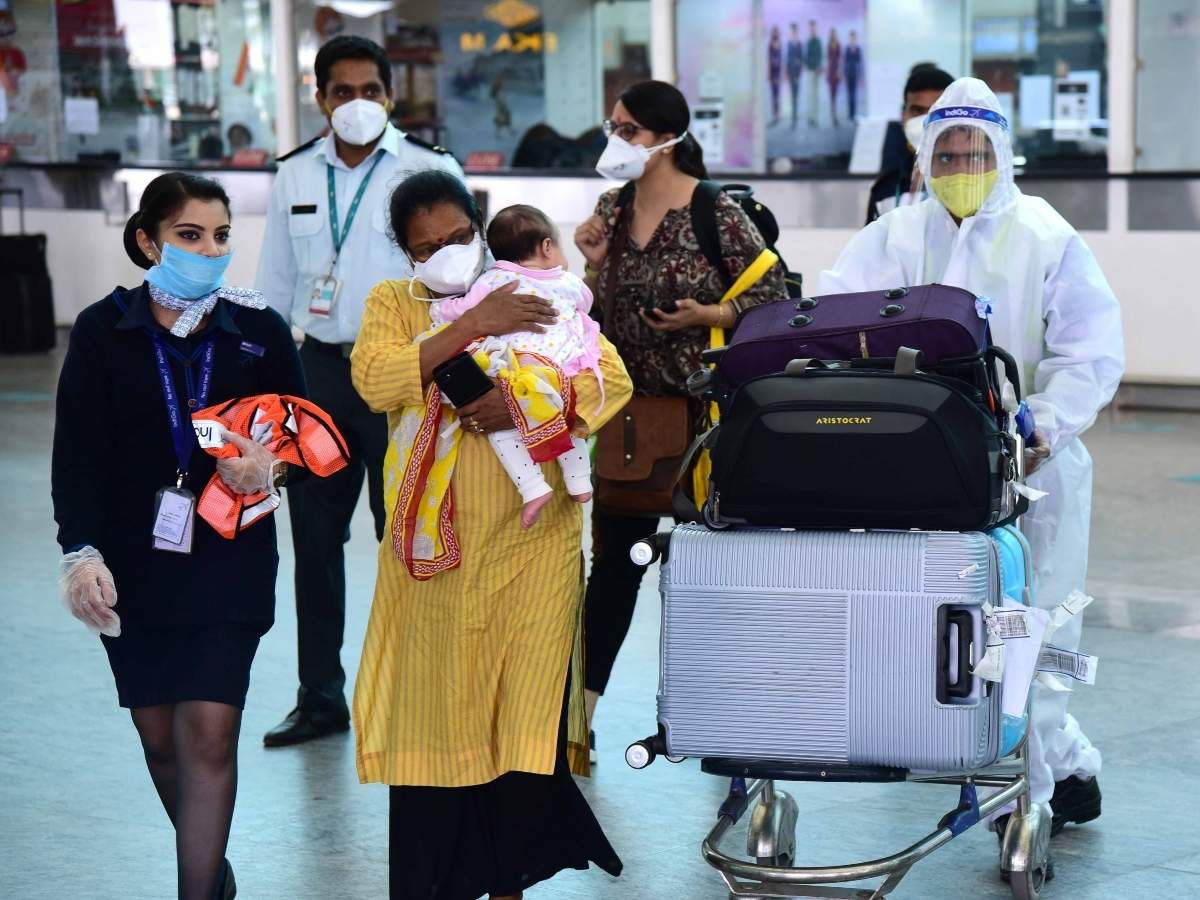
Even during a period when the rate of COVID-19 cases and the extension of lockdown were uncertain, these are the brave projects launched by Indian government to bring back their respective state citizens and the citizens of the country back. The Vande Bharat Mission was the biggest evacuation project after Operation Raahat, which was carried out in 2015. Through Operation Raahat, more than 6700 people were safely transferred to India during the massive strife in Yemen. This number also includes citizens of 41 different nations. Much like Operation Raahat, the Vande Bharat Mission also had its complications.
Giving emphasis to safety
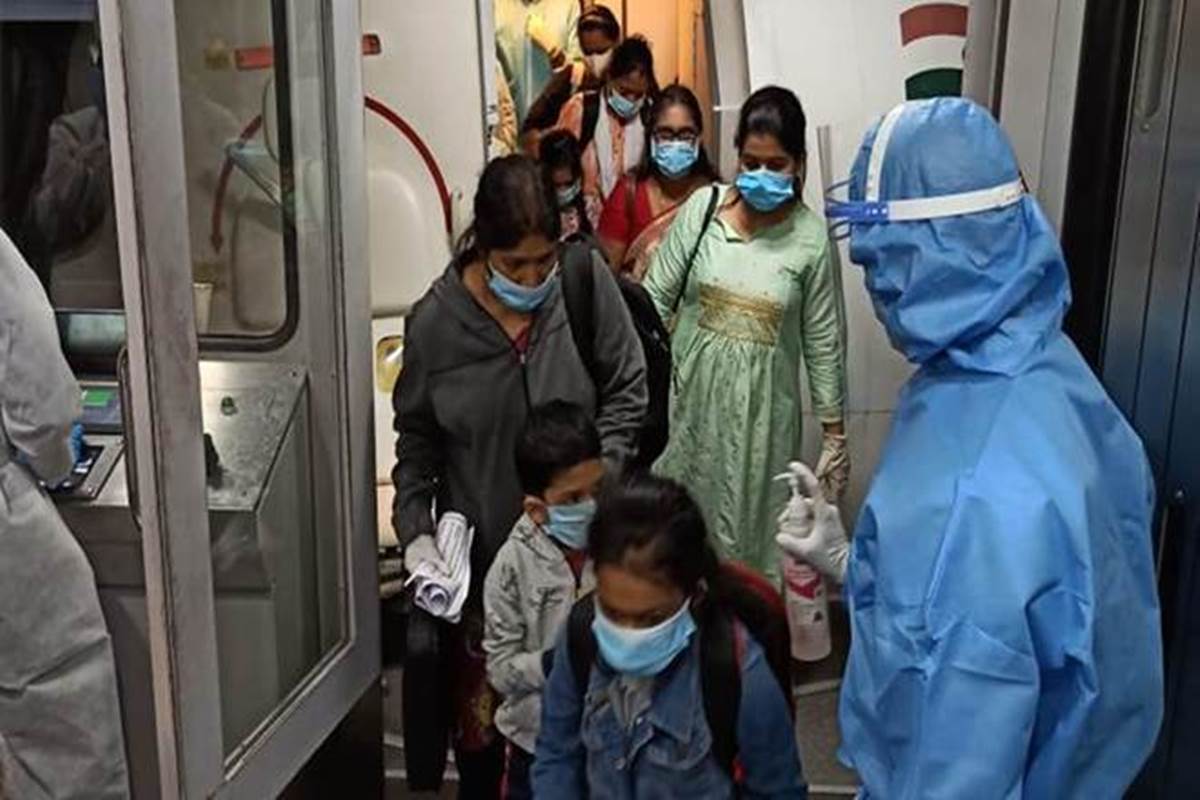
While perfecting the plan to bring stranded citizens of India from countries affected by the coronavirus, the government never failed to take the necessary precautions for maximum safety. All passengers had to undergo an antibody test before they could board the flight. In addition to it, there were various levels of testing, including thermal checks. The central government had instructed the authorities of all states to be prepared for their arrival. From the airports, they were transported by a bus to their respective districts to enter quarantine. The government of India had also made arrangements for them to be kept under quarantine for seven days after they arrived. At the end of the seven days, these people were tested for the COVID-19 through the RT-PCR test.
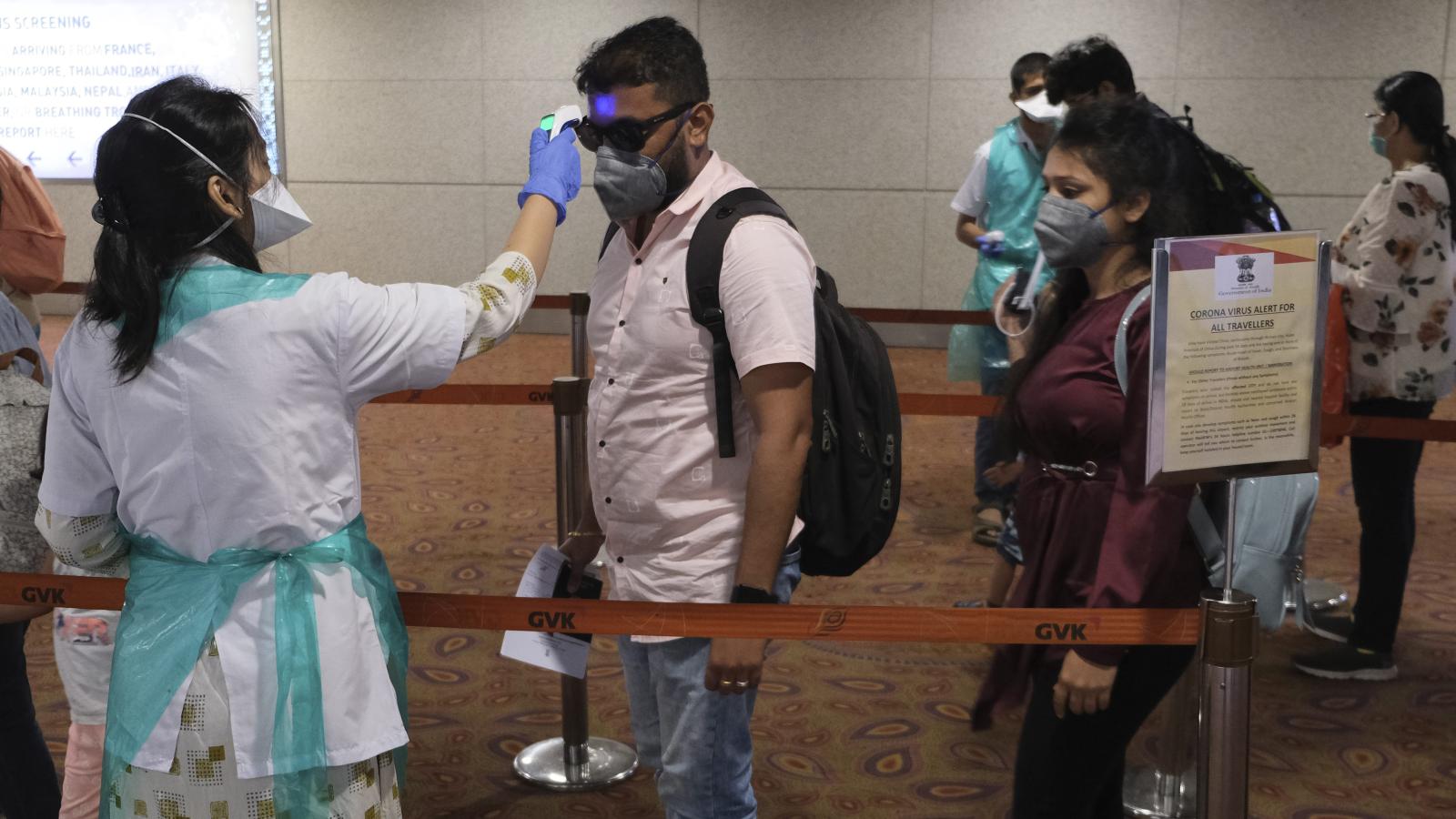
If an individual tested positive for COVID-19 were taken to the medical facilities to be given proper supervision and treatment. Those who had not contracted the virus were able to go home. However, they had to remain under self-quarantine for the next seven days so as to complete the 14 days of the incubation period. The government also arranged facilities for institutional quarantine in the situation where a person had not taken the antibody test at the airport. Nevertheless, institutional quarantine was forgone in the case of pregnant women and senior citizens, but they had to stick to proper self-quarantine criteria in their homes.










